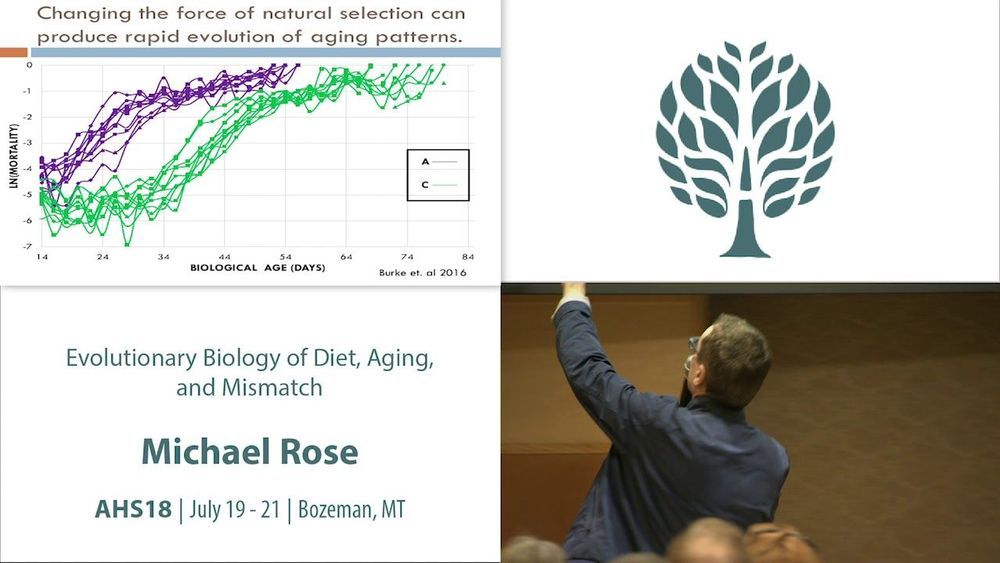Psychiatry as a field, meanwhile, quivers with theoretical uncertainty. It has not become a sub-speciality of neurology, as one might have expected if mental illness mapped directly to neural behaviour. And common genetic variations with large effects on mental disorders are elusive. The various incarnations of the American Psychiatric Association’s Diagnostic and Statistical Manual of Mental Disorders (DSM) have enabled diagnostic consistency and the objectification of mental illnesses. But the DSM has resulted in overlapping diagnoses, and contrived symptom-cluster checklists. At times, it impinges on the territory of healthy mental function. Allen Frances, chair of the task force that wrote the manual’s fourth edition in 1994, revolted against out-of-control mental diagnosis in his 2013 book DSM: Saving Normal.
Adrian Woolfson weighs up a study on the role of evolution in conditions such as depression and anxiety.









